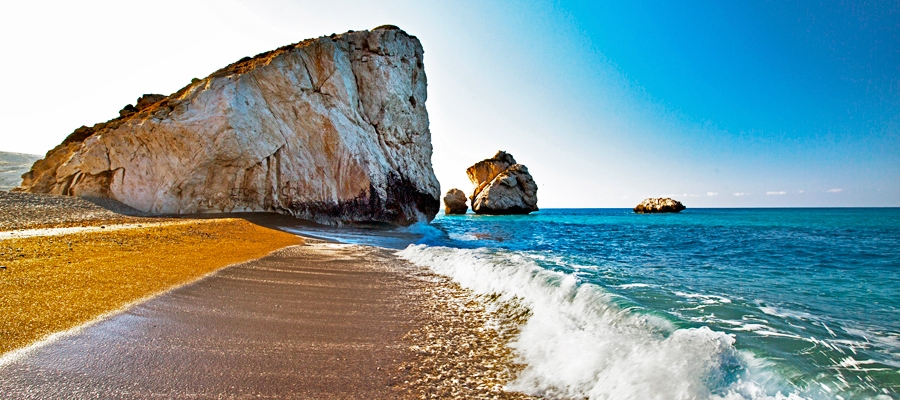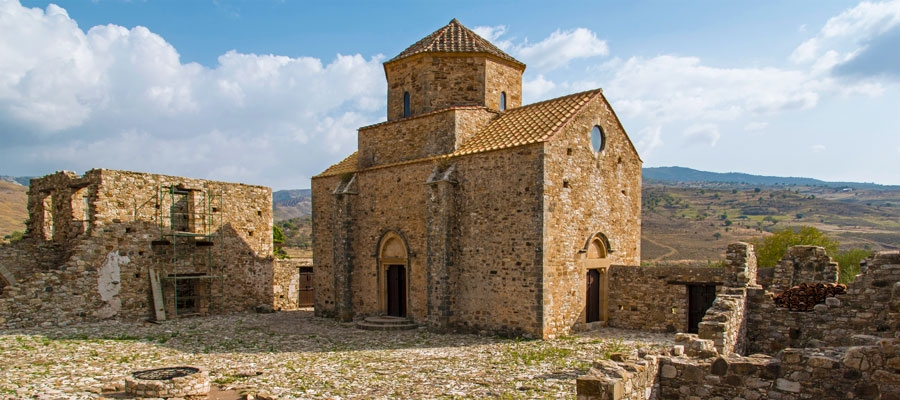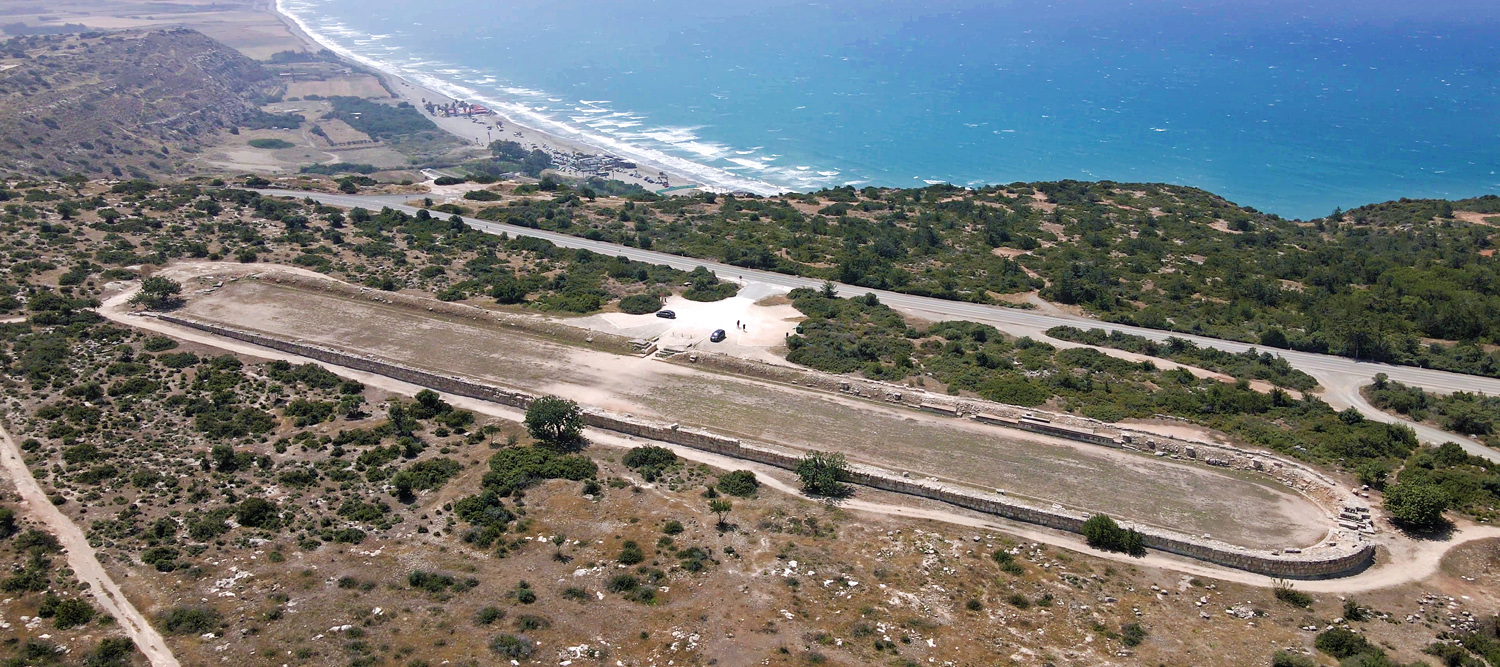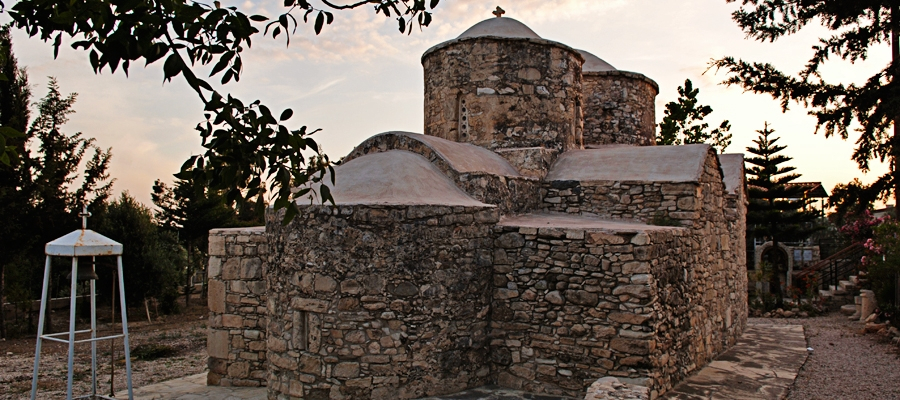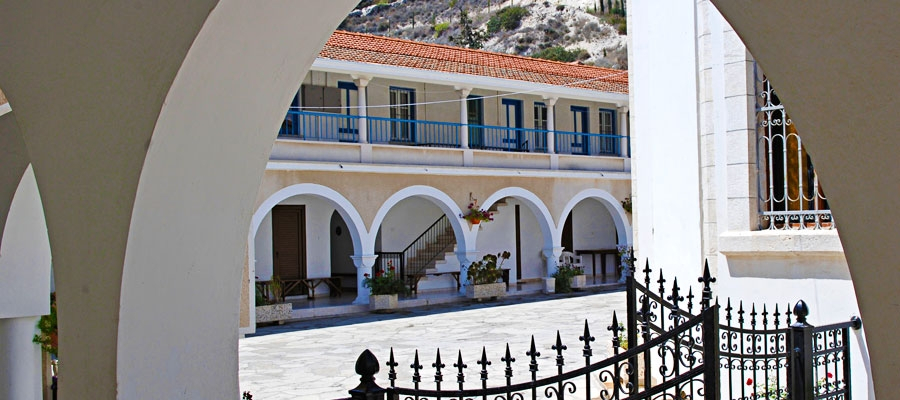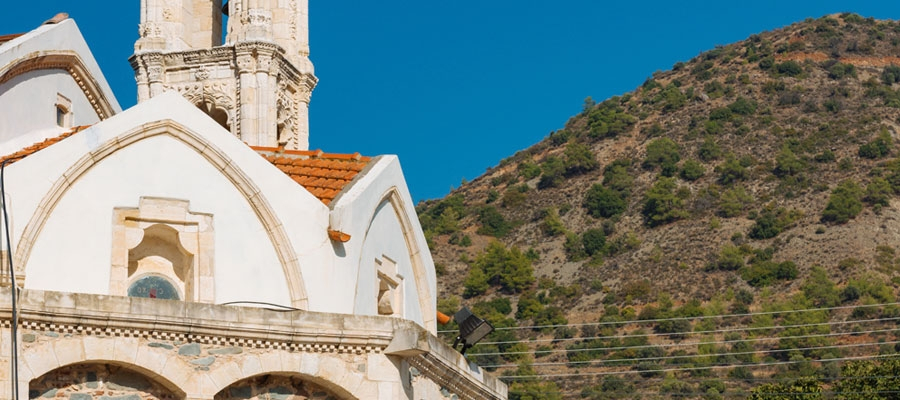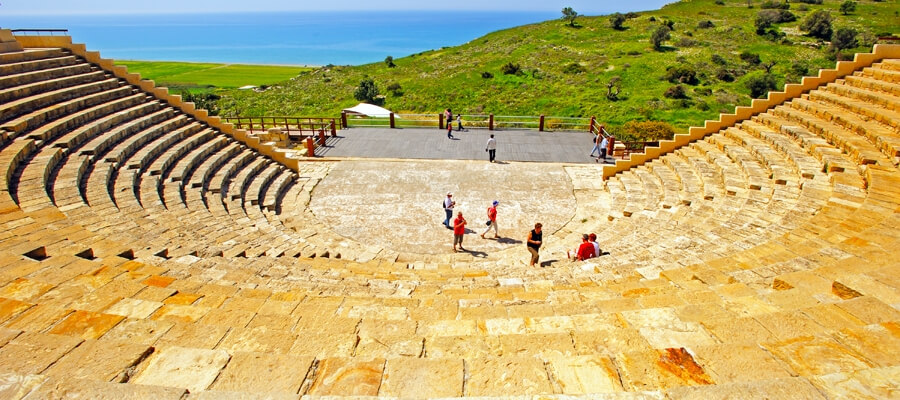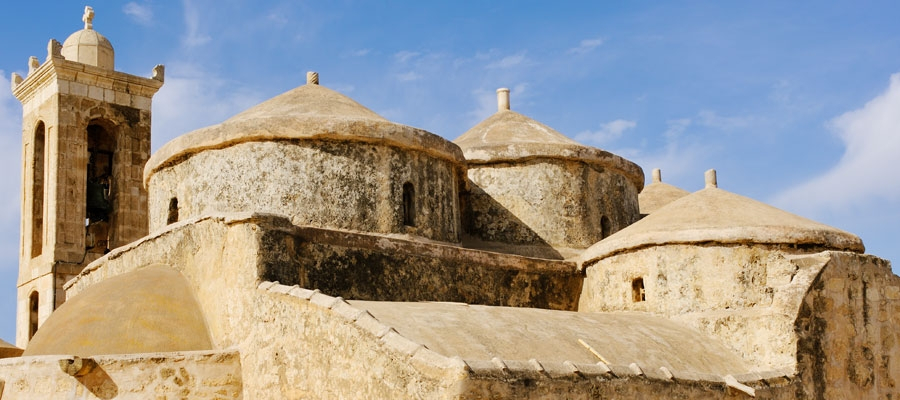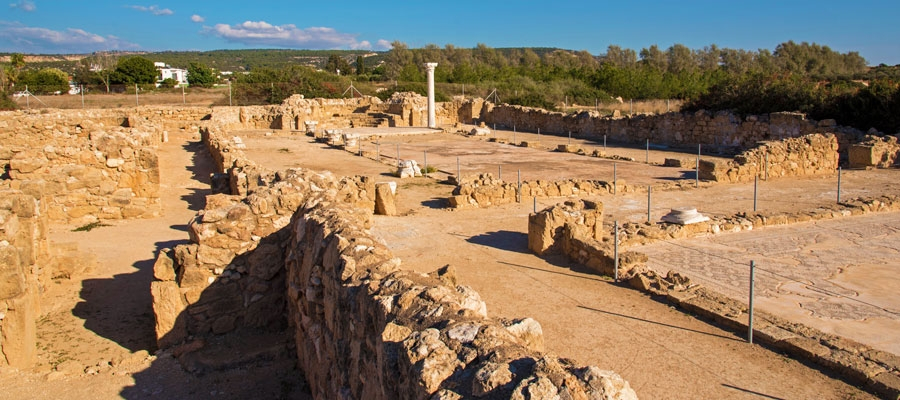Aphrodite’s mythical birthplace ‘Petra tou Romiou’ is an interesting geological formation of huge rocks along one of the most beautiful coastlines on the island, located on the southwest coast of the Pafos (Paphos) district.
According to the legend, the Ancient Greek Goddess of Love and Beauty – Aphrodite – was born of the sea foam here. Legend tells that she rose from the waves and was escorted on a shell to this particular beach.
The giant rock formations, which are seen at the same location are linked with another – more recent – legend which tells that the Byzantine hero Digenis Akritas heaved them there to keep the Saracens Arabs (7th-10th centuries) at bay. The name of Petra tou Romiou (‘rock of the Greek’ in Greek) comes from the hero.
It is said that in certain weather conditions, the waves rise, break and form a column of water that dissolves into a pillar of foam. With imagination, this momentarily looks like an ephemeral, evanescent human shape. Other popular myths tell that swimming around the rock three times will bring various blessings, including eternal youth and beauty, good luck, fertility and true love.
The site is linked to the Aphrodite Cultural Route.

